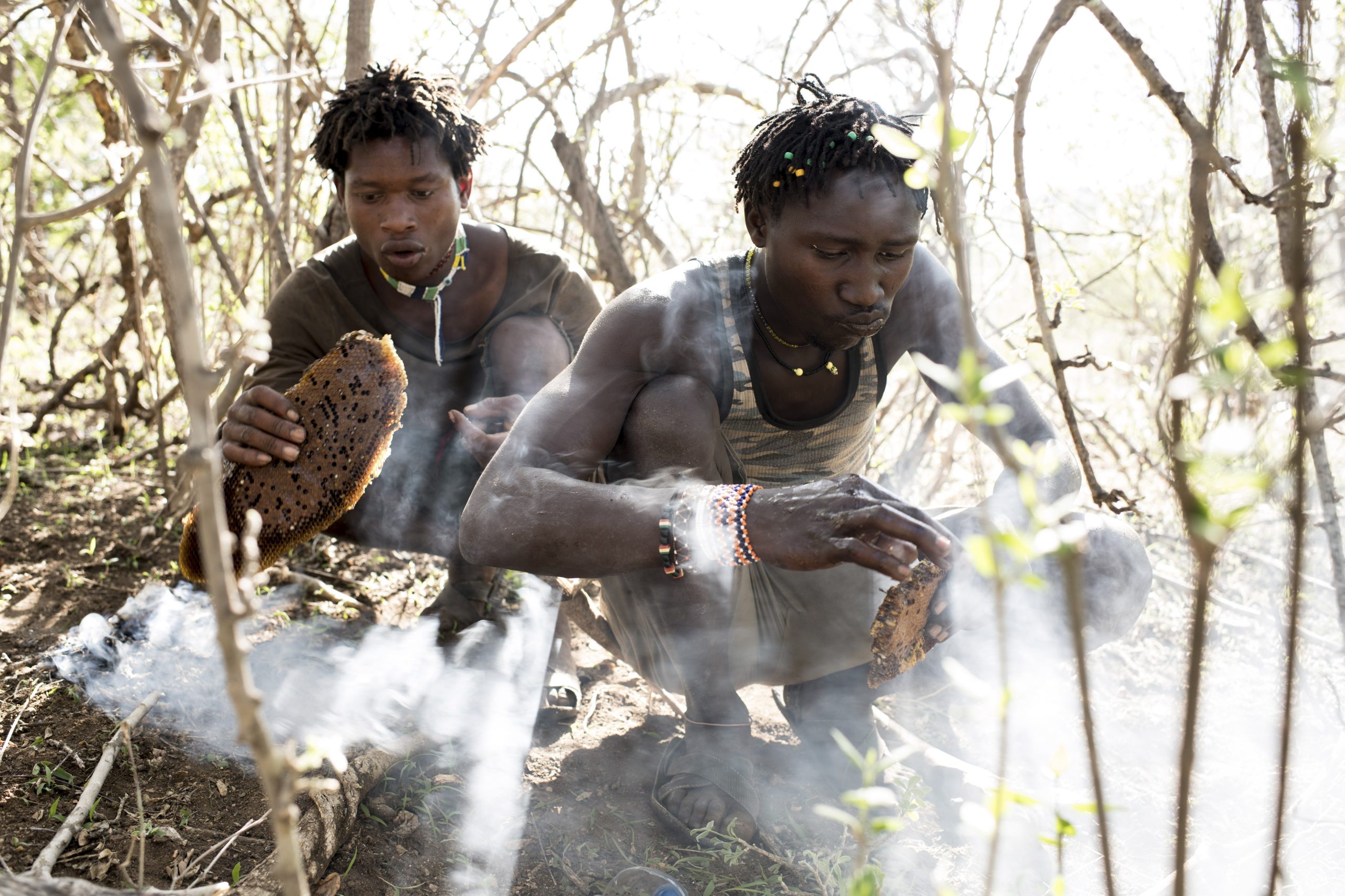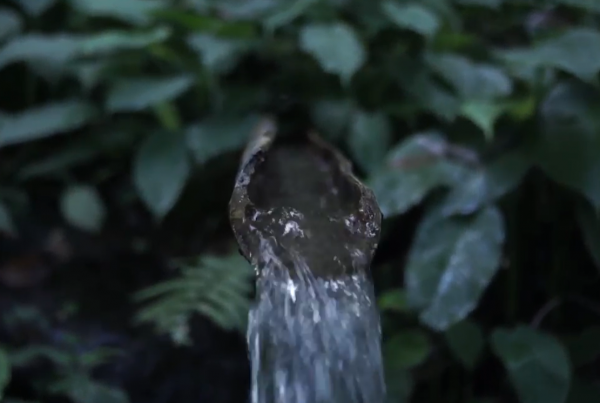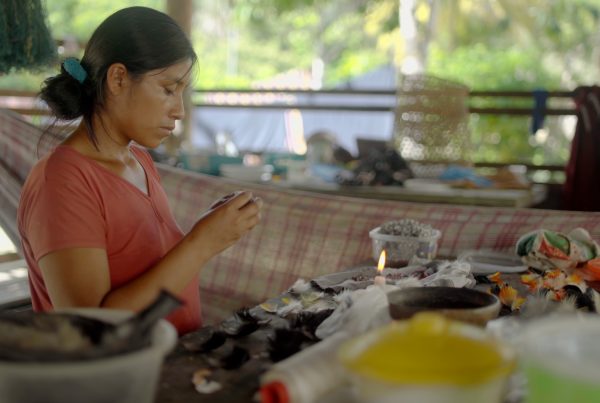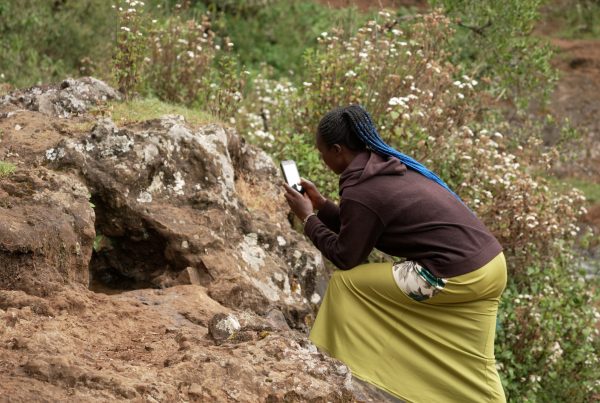Case study proposals are being accepted for the third edition of Local Biodiversity Outlooks until October 24th 2025. Please see the end of this page to find out more about how to make a submission.
What is the Local Biodiversity Outlooks?
Local Biodiversity Outlooks (LBO) is a multimedia publication (a written report and an accompanying website) that highlights the vital role of Indigenous Peoples and local communities in conserving and sustainably using biodiversity. It draws on information and case studies contributed by Indigenous Peoples and local communities, and organisations working in partnership with them, worldwide.
LBO is a joint initiative by the International Indigenous Forum on Biodiversity (IIFB), the Indigenous Women’s Biodiversity Network (IWBN), the network of Centres of Distinction on Indigenous and Local Knowledge (COD-ILK) and the Forest Peoples Programme (FPP) that seeks to complement Parties’ reporting on the implementation of the Convention on Biological Diversity (CBD). The first edition was published in 2016, and the second in 2020. Work is now beginning on the third edition, due for release in 2026 at COP-17.
Hadza men eat honey from combs collected during a hunt in Gideru Ridge System, Tanzania. Credit: Robin Hammond.
Who can contribute?
We welcome contributions to the third edition of the Local Biodiversity Outlooks (LBO-3) and to the LBO website. We especially welcome contributions from Indigenous Peoples and local communities, in the form of examples, stories, case studies, information and data. Submissions are also welcome from other individuals or organisations working in partnership with Indigenous Peoples and local communities. Proposals will be reviewed by the Editorial Board of the LBO-3.
What is a case study?
A case study is a real-life example or story that shows how Indigenous Peoples and local communities are protecting their lands, territories and resources. The LBO website hosts many case studies, including those featured in the first two editions of the publication. Most case studies are short texts, but we also welcome submissions in different formats such as artworks, audio, photos or video. Submissions can be made in languages other than English, and we accept a range of file types. Contributors may choose to link their case study to a specific target or section of the Kunming-Montreal Global Biodiversity Framework. In addition to case studies, we also welcome links to additional data and information.
How to submit a case study
We invite potential contributors to send 2-3 paragraphs outlining the proposed case study to Claire Bracegirdle at cbracegirdle@forestpeoples.org before October 24th 2025. To ensure regional and thematic balance, the Editorial Board will review all submissions and select some to be developed into full case studies for inclusion in the written report. Additional case studies, or those in a non-written format, may also be included on the website.
Guiding questions
- What activities and initiatives have Indigenous Peoples and local communities undertaken that support the implementation of the Kunming-Montreal Global Biodiversity Framework?
- In what ways are Indigenous Peoples’ and local communities’ collective actions recognised, reflected or integrated into wider local, national, regional or international economic, environmental and social laws, policies and processes?
- Based on these experiences, what key actions do Indigenous Peoples and local communities recommend to Parties and other actors at local, national, regional or international levels?
Consent and rights
We will only publish material with Free, Prior and Informed Consent (FPIC) and where there is confirmation that the contributing community(ies) agree to the sharing of their knowledge and of any photos.



